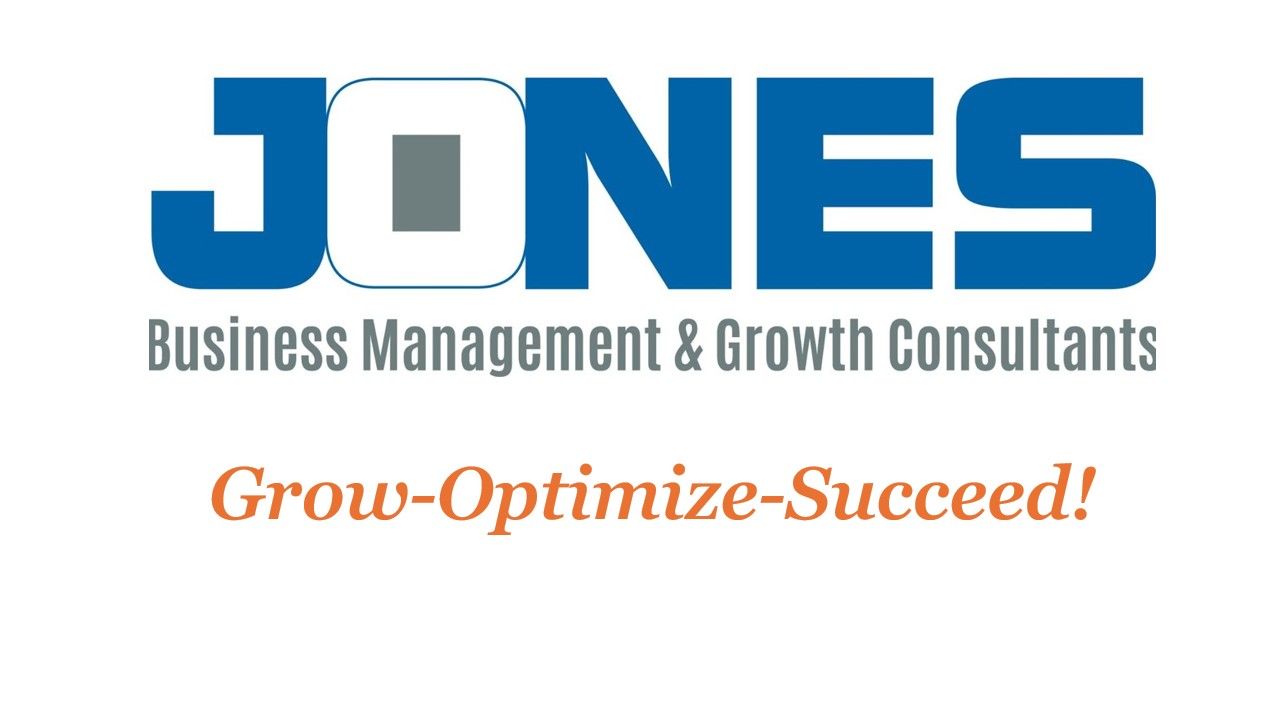Balancing Accountability and Innovation: How to Foster Creativity Without Losing Control
How to foster a culture of creativity and innovation while maintaining accountability and control.

In our previous discussions, we’ve focused on building an Accountability-Driven Culture, where individuals and teams take ownership of their work and continuously strive for improvement. But what happens when you want to drive innovation and encourage your team to take risks? Does accountability stifle creativity, or can the two coexist?
The truth is, you don’t have to sacrifice one for the other. In fact, some of the most innovative organizations are also deeply accountable. The key lies in striking the right balance—creating an environment where experimentation and accountability are both embraced.
In this post, we’ll explore how leaders can maintain accountability while fostering an innovative mindset that encourages creativity and growth.
Why Accountability and Innovation Can Feel at Odds
At first glance, it can seem like accountability and innovation are in conflict:
- Accountability often involves measuring results, following processes, and taking responsibility for outcomes. It can feel like a structured, performance-focused approach.
- Innovation requires creativity, experimentation, and the willingness to take risks—knowing that failure is part of the process.
It’s easy to see why innovation might seem constrained by accountability, especially in environments where accountability is perceived as rigid or punitive. Employees might fear taking risks if they believe they will be harshly judged for any mistakes or failures along the way.
But true innovation happens in environments where accountability and creativity are not only compatible, but reinforce each other. By redefining how we approach both, leaders can create a space where teams are free to experiment while still owning their results.
How to Balance Accountability and Innovation
1. Shift the Perception of Failure
In highly accountable cultures, failure is often seen as something to avoid at all costs. This mindset can stifle innovation, as employees may become too risk-averse to explore new ideas. To foster innovation, leaders need to reframe how failure is viewed.
- Action: Create a culture where failure is seen as part of the learning process. Encourage teams to take calculated risks and treat failures as opportunities to gain valuable insights. When discussing failures, focus on what was learned and how that knowledge can improve future efforts.
- Example: If a team launches a new product or service that doesn’t meet expectations, don’t dwell solely on the failure. Celebrate the lessons learned and the creativity involved in the attempt. Acknowledge the courage to try something new, and pivot based on the insights gained.
2. Set Clear Boundaries for Experimentation
Accountability doesn’t mean stifling creativity—it means ensuring that risks are taken within a defined framework. By establishing clear boundaries for experimentation, leaders give their teams the freedom to innovate while still maintaining a sense of responsibility.
- Action: Define clear parameters for innovation projects, including goals, timelines, and the resources available. This provides structure without micromanaging the creative process, allowing teams to experiment responsibly.
- Example: Set aside specific resources or budget for experimentation, with the understanding that not every experiment will yield immediate results. Encourage teams to test new ideas within the framework, but hold them accountable for reporting on what worked and what didn’t.
3. Encourage Iterative Development
Innovation doesn’t always happen in a single breakthrough moment. Often, it involves a series of small steps, where each iteration builds on the last. Leaders can balance accountability and innovation by encouraging an iterative approach, where teams make continuous improvements and adapt based on feedback.
- Action: Promote a mindset of continuous iteration, where teams are expected to regularly test, learn, and improve their work. Provide feedback loops that help teams refine their ideas over time.
- Example: Encourage agile methodologies, where teams release small updates or improvements to their product or process, gather feedback, and iterate. This keeps the focus on progress while still allowing room for creativity.
4. Hold Teams Accountable for the Process, Not Just the Outcome
One of the most effective ways to balance accountability and innovation is to shift the focus from purely outcome-based accountability to process-based accountability. This means recognizing the value of the creative process itself, even if the final outcome isn’t a success.
- Action: Hold teams accountable for following an intentional and thoughtful process, regardless of whether the outcome is a success or a failure. Recognize the effort and creativity involved in the process, and encourage teams to document their learning along the way.
- Example: If a new product launch fails to hit sales targets, evaluate whether the team followed a well-structured process: Did they gather data, test prototypes, and seek feedback? Hold them accountable for the steps they took, not just the final results.
5. Celebrate Innovation Wins and Lessons Learned
To foster a culture where innovation thrives, leaders must actively celebrate both successful innovations and the lessons learned from failures. This reinforces the idea that accountability and innovation go hand in hand and that both are valued.
- Action: Publicly recognize teams and individuals who took risks, tried new approaches, and learned from the process—whether the project succeeded or not. This creates a positive environment where accountability for innovation is embraced.
- Example: At company meetings or in team huddles, highlight innovation projects that yielded valuable insights. Celebrate the risk-taking and creativity involved, and emphasize how the lessons learned are driving the organization forward.
The Role of Leadership in Balancing Accountability and Innovation
Leaders are the key to maintaining the delicate balance between accountability and innovation. Here are some ways leaders can foster both:
- Create Psychological Safety: Employees need to feel safe taking risks without fear of punishment. Leaders must build an environment where people are comfortable trying new ideas and openly discussing failures.
- Set a Vision for Innovation: Leaders should communicate a clear vision for innovation that aligns with the organization’s goals. By setting this vision, employees understand how their creative efforts contribute to the bigger picture.
- Provide Support for Risk-Taking: Innovation requires resources, time, and support. Leaders must ensure that teams have what they need to explore new ideas, while also being accountable for using those resources wisely.
- Encourage Cross-Functional Collaboration: Innovation often happens when diverse perspectives come together. Leaders can facilitate cross-functional collaboration, allowing teams to share ideas and learn from each other, while still being held accountable for their respective roles.
Conclusion: Accountability and Innovation Are Not Mutually Exclusive
Accountability and innovation are not at odds—they are two sides of the same coin. When leaders create an environment that embraces both, teams feel empowered to take risks, experiment with new ideas, and learn from their failures. By holding teams accountable for the process, providing structure for experimentation, and celebrating both successes and lessons learned, leaders can foster a culture of creativity and continuous improvement.
In the next blog, we’ll dive into a Case Study: Accountability in Action, showcasing how a real-world organization balanced accountability and innovation to drive success.
#InnovationLeadership #AccountabilityMatters #CreativeCulture #RiskTaking #BusinessInnovation #LeadershipDevelopment #ContinuousImprovement #OrganizationalSuccess #TeamCollaboration #SuccessThroughLearning
















